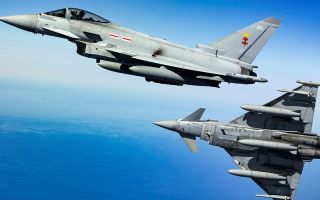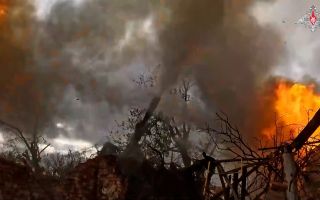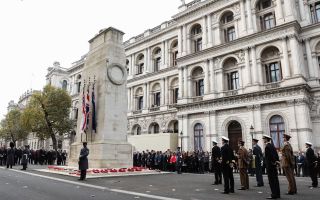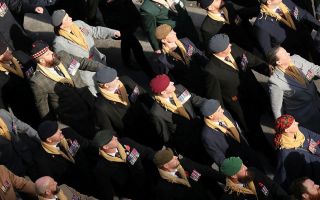The heat is on for 847 NAS Wildcat crews as they operate in Sonoran Desert
Personnel from 847 Naval Air Squadron have been putting themselves – and their Wildcat helicopters – to an extreme test in the Sonoran Desert in the United States.
The desert is the hottest in North America, with temperatures reaching as high as 45°C, and the crews are there so they can work with their US Marine Corps allies and gain their desert qualifications.
In the latest phase of their deployment, they have been practising tactical pairs formation flying and carrying out dust landings, as well as honing their skills with their crew-served weapons on the ranges.
The Royal Navy Commando Helicopter Force squadron pointed out how operating in a desert environment is crucial for Commando aircrews.
Over the past year 847 NAS has also seen personnel deployed to the Arctic and embarked on ships as the squadron prepares to support Commando forces anywhere.
The Wildcat teams also met up with their US Marine Corps counterparts from Marine Light Attack Helicopter Training Squadron 303.
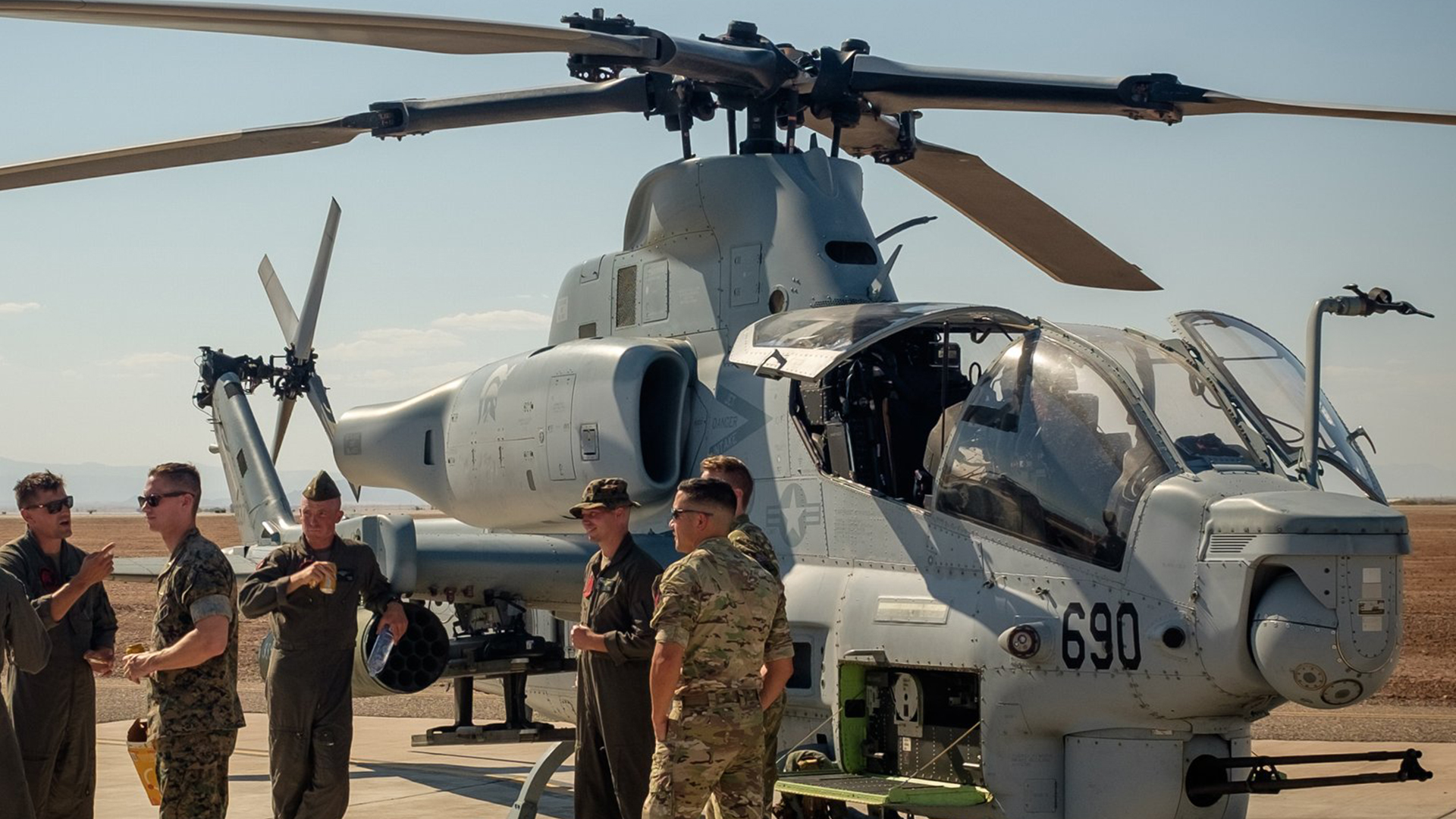
Meeting the USMC unit, known as HMLAT-303, gave the 847 NAS aircrews the chance to get eyes on the aircraft and ordnance they would soon be directing onto targets.
HMLAT-303 operates the AH-1Z Viper attack helicopter, which can be outfitted with munitions such as the AGM-179A Joint Air-to-Ground Missile.
One of the aims of the Royal Navy deployment was to see the crews earn their Environmental Qualifications (Desert).
As 847 NAS explained, operating in the 45°C heat of the Sonoran Desert requires hard work and mental resilience from everyone involved, both on the ground and in the air.
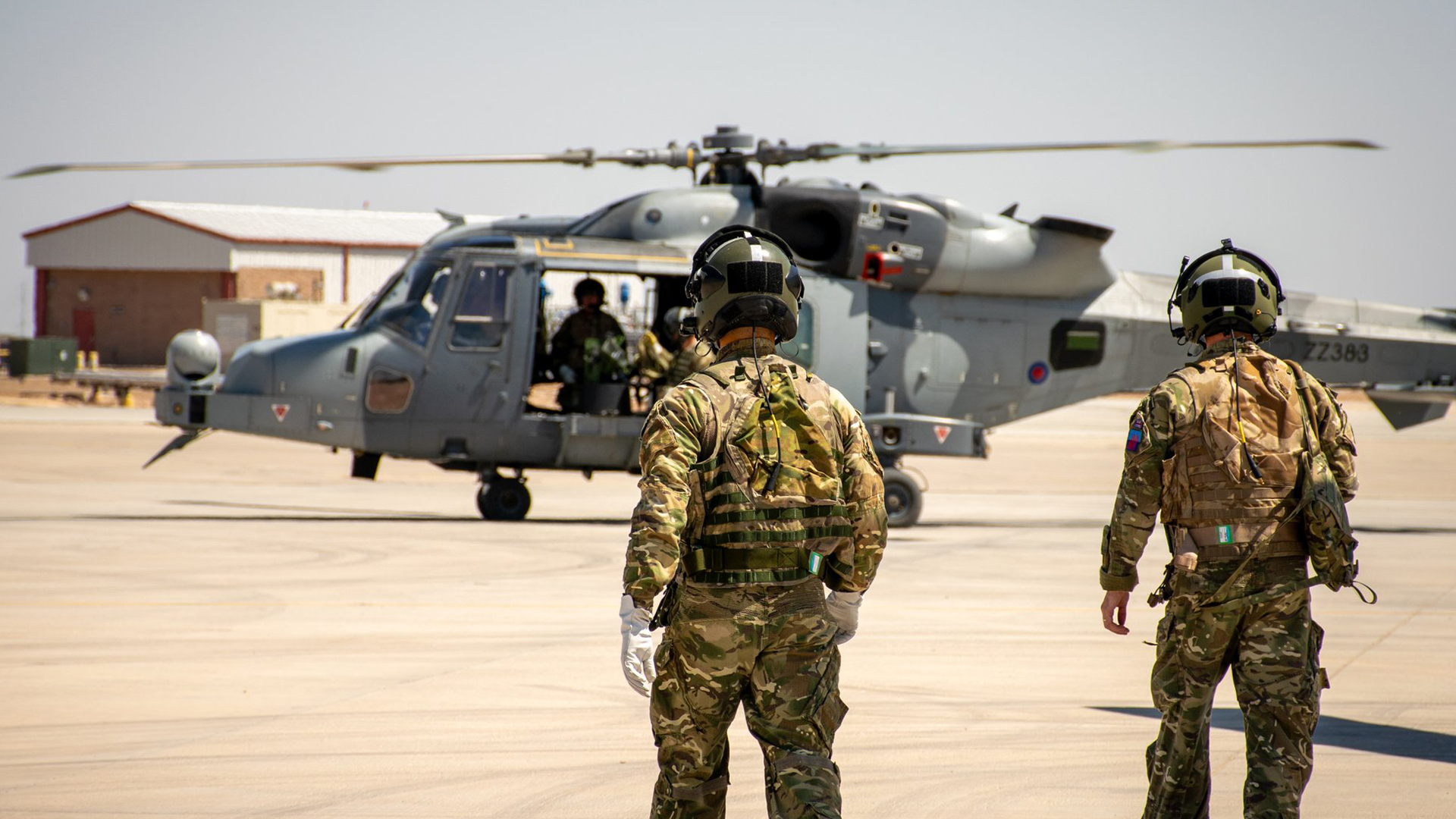
Aside from desert training, 847 Naval Air Squadron provides reconnaissance, air support and anti-armour capabilities to 3 Commando Brigade Royal Marines.


